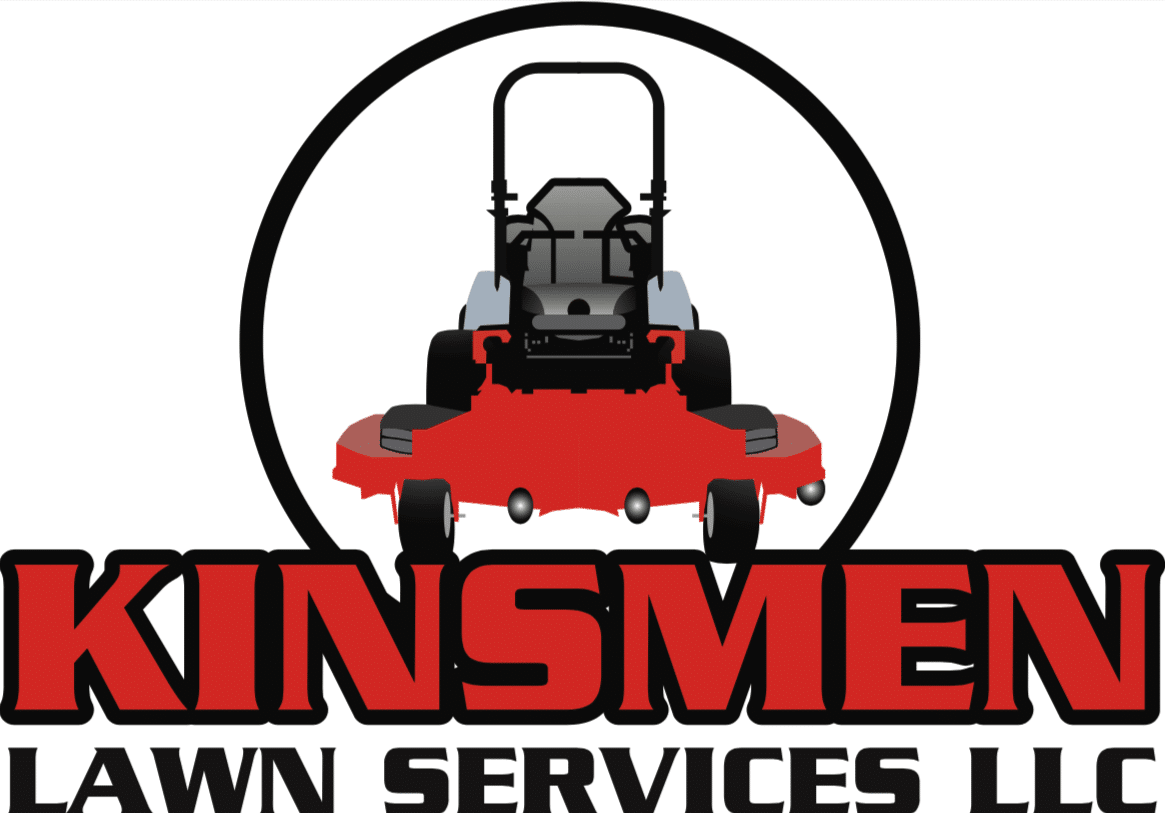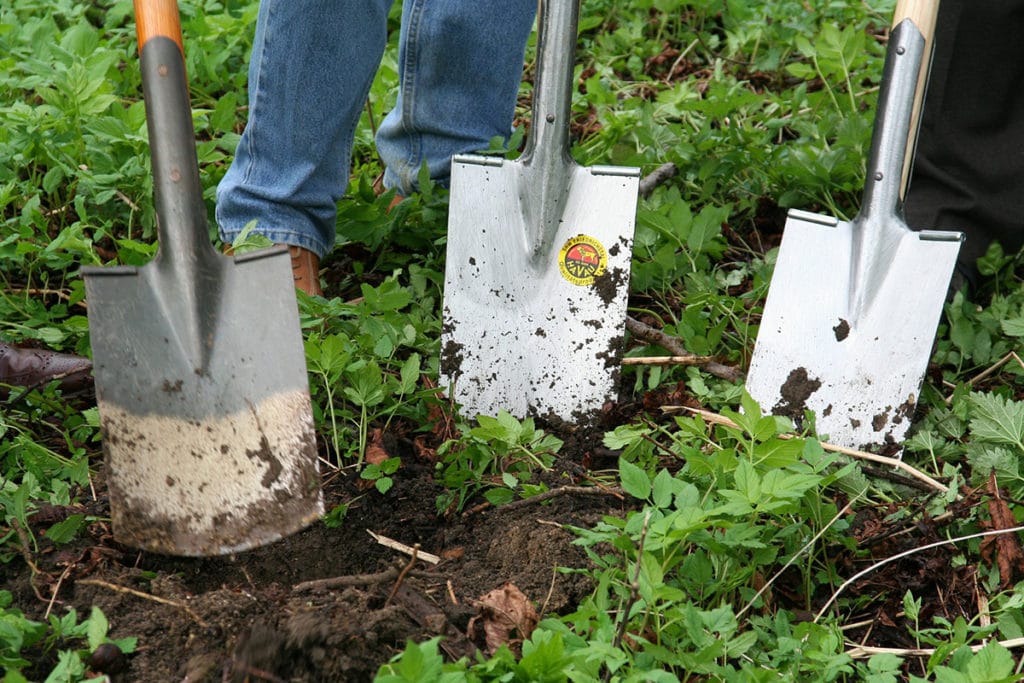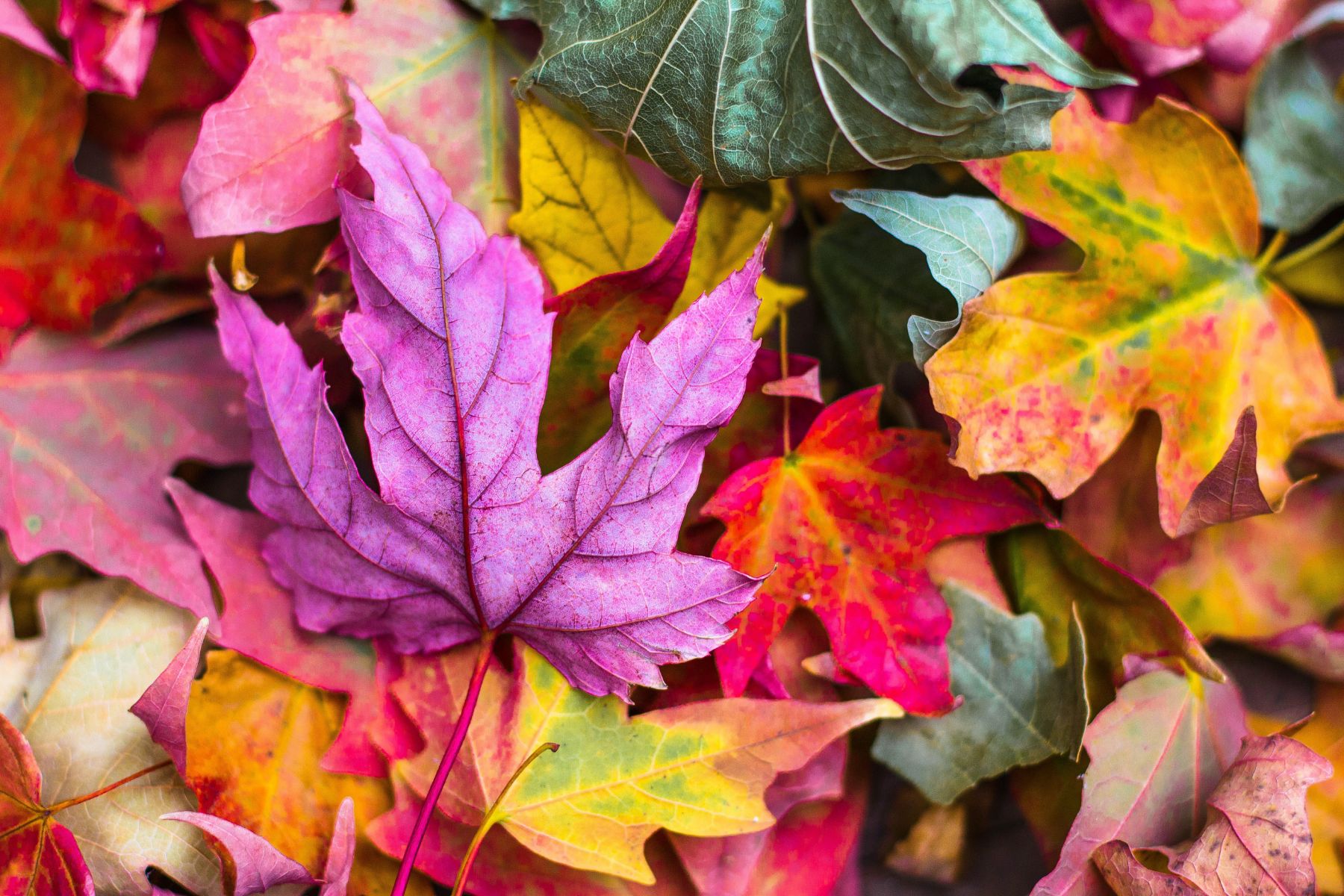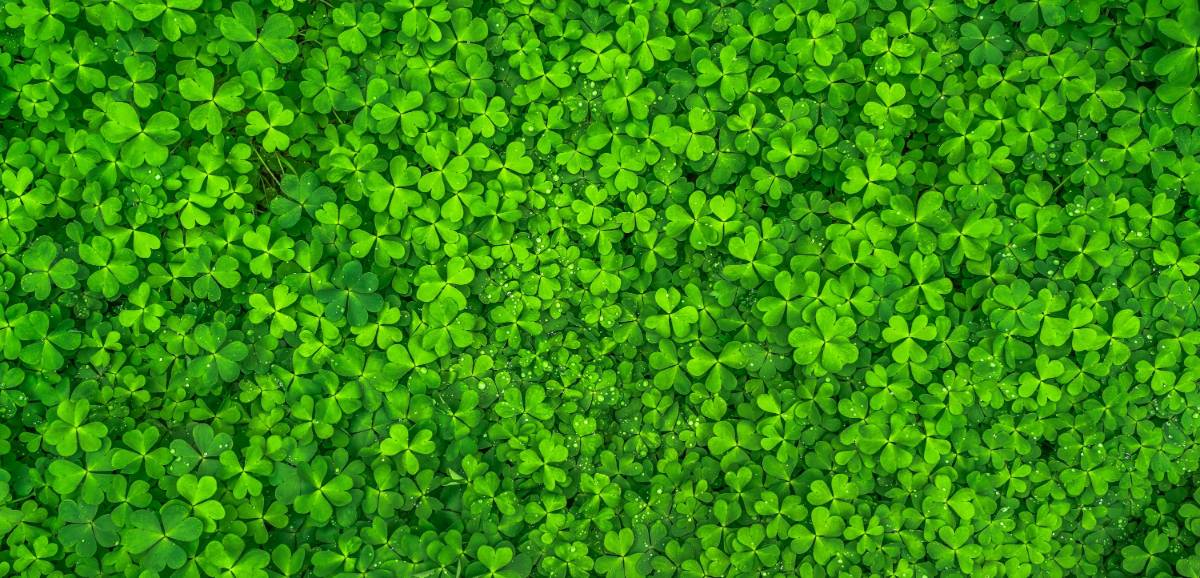In our years of experience, we’ve encountered many types of unwanted visitors growing in our customers’ lawns. Some of them are harmful and others are not, but they are all destined to the same fate: elimination. So, let’s begin by talking about one you’ve likely heard of before, Crabgrass. We’ll talk about what it is, why it has chosen your lawn as a home, and ways you can be rid of your unwanted “lawn-guest.”
What is Crabgrass?
Crabgrass is actually a type of grass. Obviously, it’s not the kind of grass that one chooses as turf for creating a luscious, green lawn; but rather more like a weed. Its main difference from the variety of turfgrasses is that it’s an annual rather than a perennial. That means Crabgrass only lasts for a year whereas ideal turf grasses people choose for their lawns are perennials that will last year after year without needing to be replanted every time.
This weed is an aggressive bully that appears to push aside the pretty stuff and expands in patches throughout an area of land. But, unlike most bullies, Crabgrass really isn’t doing any damage to its neighbors. It may look like it’s crowding out your pretty grass, but it’s not. The reason most homeowners don’t want crabgrass is it expands in ugly clumps around their yard and isn’t one of the pretty weeds to look at (unlike Clover).
Why is it in my Grass?
There are a few reasons why Crabgrass may be gracing you with its presence:
- Empty spots
As we mentioned above, Crabgrass is a bully; but it’s also just like your puppy, very opportunistic. Any area that doesn’t already have something in it and gets some rays is a prime spot for Crabgrass.
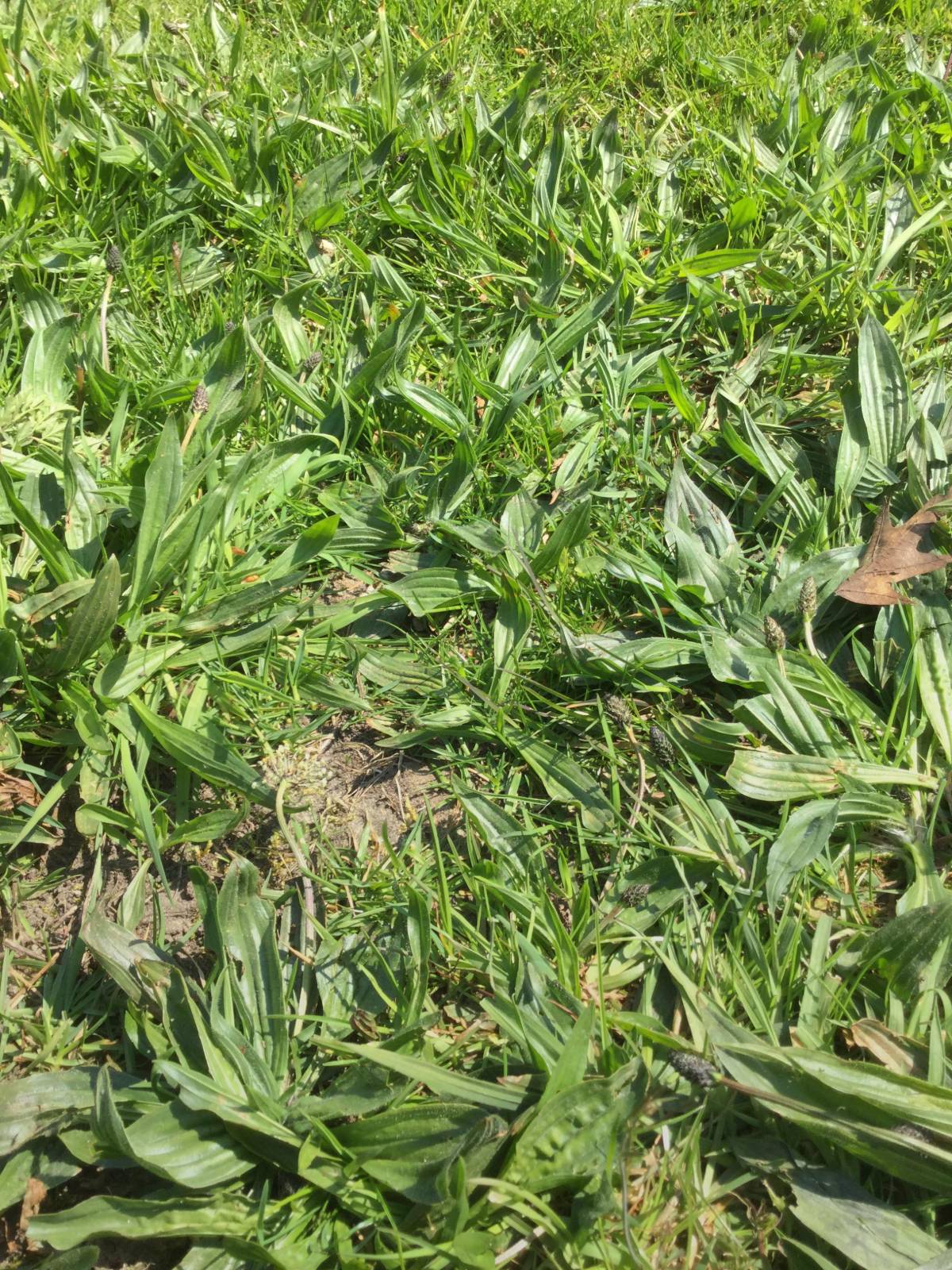
- Lots of salt
Crabgrass lives for salt. If you live in an area that salts the roads, you are more likely to have Crabgrass.
- Very short grass
If you haven’t read our helpful tips for taking care of your lawn, you don’t yet know that your grass should be about 3 ½ inches tall throughout the summer to keep it healthy. But, that aside, mowing your grass too short leaves you wide open for Crabgrass to grow.
- Too much water
Since your lawn is already full of Crabgrass seed, all it needs is watering and some sunshine.
- Ideal weather
Having lots of rain in the springtime sets Crabgrass up for prime germination. After germination, it loves desert conditions: hot and dry.
How can I Get Rid of It?
Naturally, this section is why you’re here. There are multiple ways to treat the issues you’re having with your lawn and we can certainly help you find the best way, but as every strategist knows, “The best defense is a good offense.” So, our goal is to arm you to offensively prevent Crabgrass from happening in the first place. Here’s how.
First, seed up any empty or thin areas of grass and soil. if you have empty or thin spots, the Crabgrass will happily take over. Thicken your lawn toward the end of each summer to ensure your unwanted visitor can’t come back next year.
Second, use fertilizer to boost your lawn’s resistance. Your grasses, the ones you want to keep, anyway, need to keep up their health. It’s sort of like preventative medicines for people. Certain fertilizers can build up your lawn’s strength and resistance to certain pests over time.
Third, remember to keep mowing high. If your mower blade keeps hitting the soil, it’s too low and you’re creating a spot for the Crabgrass to move in.
And, finally, don’t water in short bursts (if you’re manually watering). Shallow watering encourages Crabgrass to grow. Instead, do a deep watering (like 6 to 8 inches worth) every few days so that your grass will grow deeper roots and crowd out the weeds.
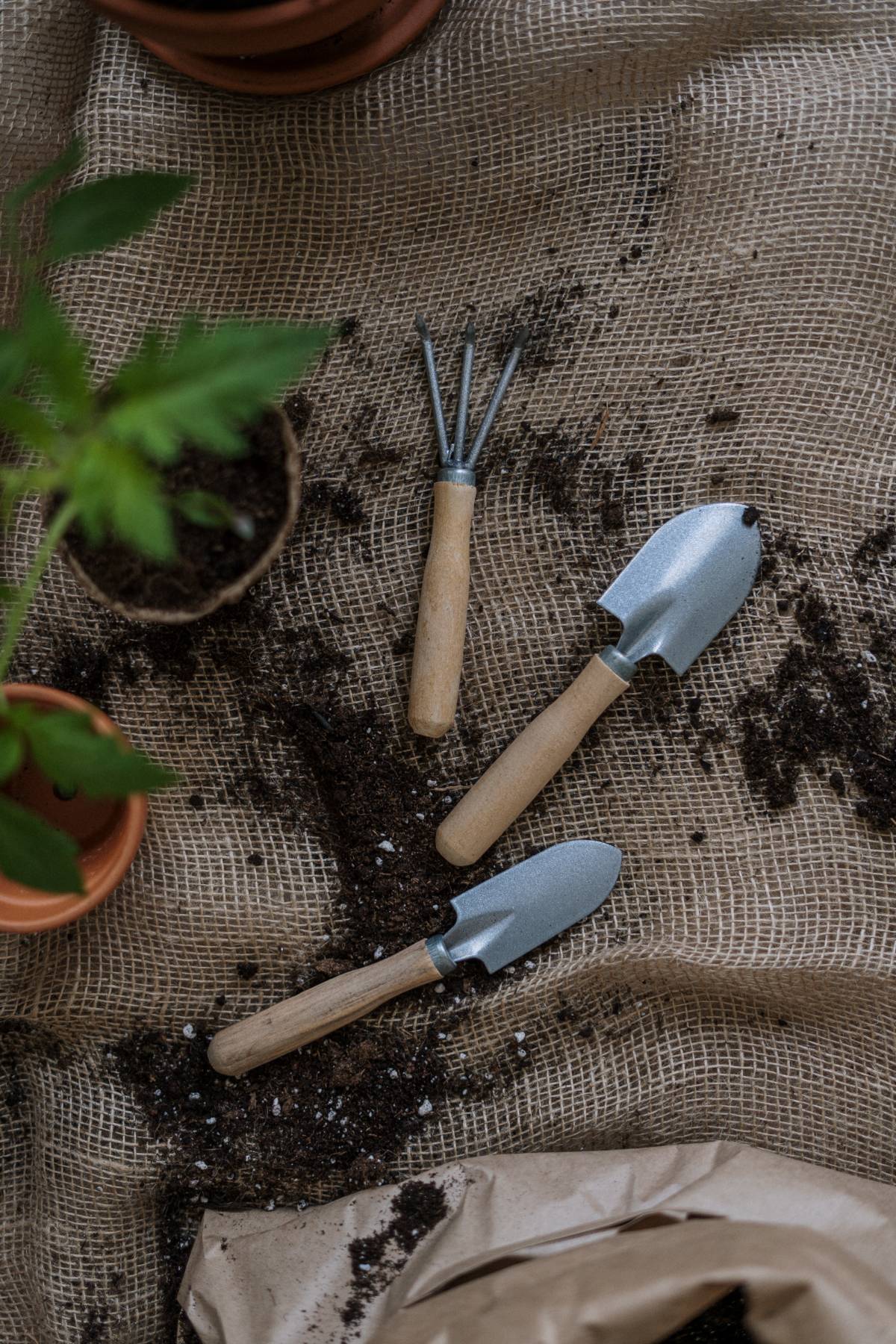
Eliminating small pockets of Crabgrass is easy to do by hand. Just be sure you get down to the bottom of the roots (hand trowel or digging knife) and try to get them out before they’ve produced their seeds. If you have lots of Crabgrass all over your lawn, you may want to consider spot treating it with a chemical spray… or just wait till winter comes and the cold weather will do it for you.
Either way, we are happy to help you combat your Crabgrass issues whether they are out of control or simply preventative measures. Give us a call and we’ll get a game plan together with you.
